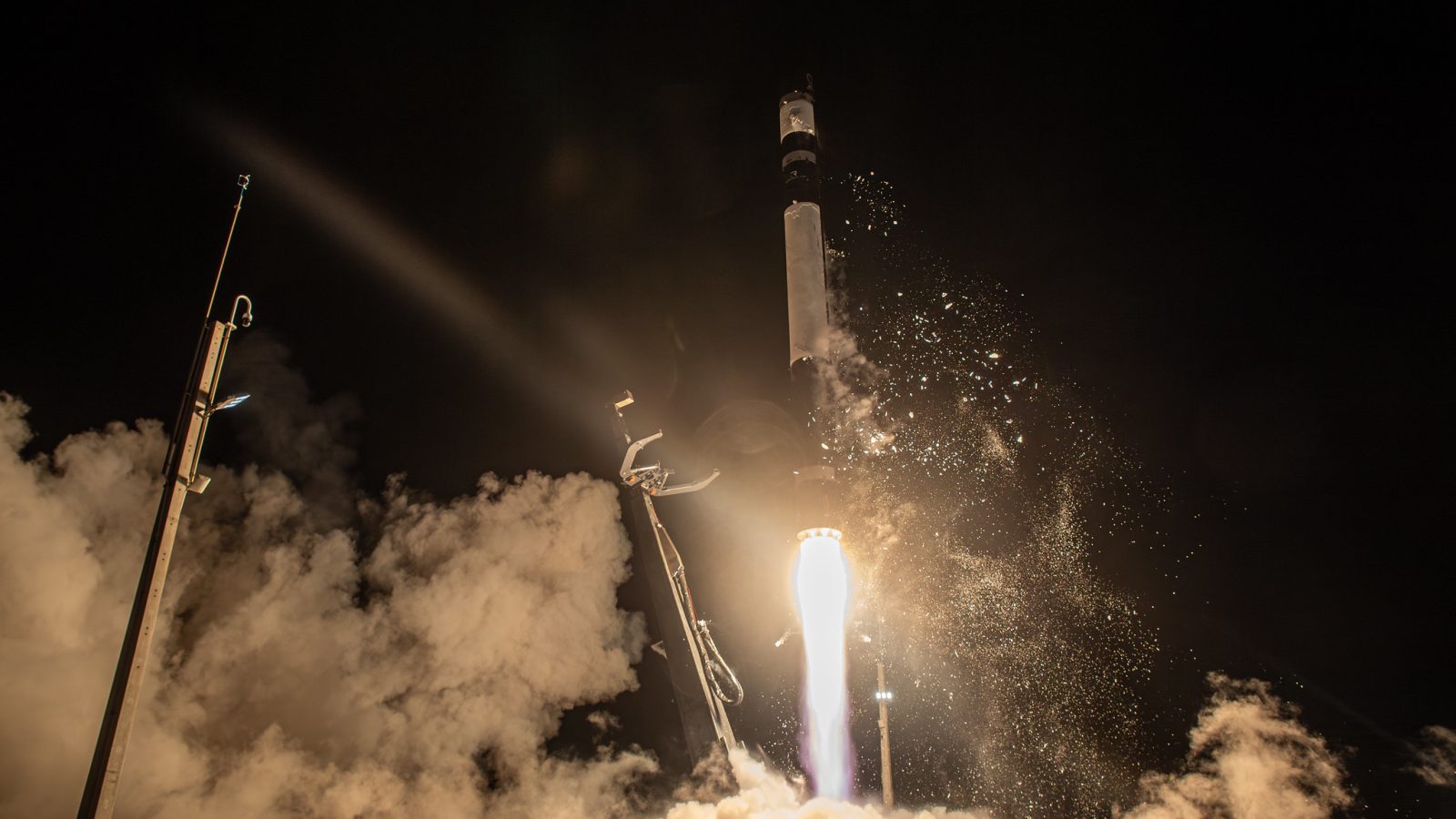
This week we’re looking to be a rather busy one with a launch everyday from either SpaceX, China, and Rocket Lab up to Friday. China will be launching its next crew rotation to their space station and SpaceX might have a four launch week.
This week’s launches:
- April 22 (Monday)
- SpaceX | Falcon 9 | Starlink Group 6-53 | 7:10 P.M. ET
- SLC-40, Cape Canaveral Space Force Station, Florida
- SpaceX | Falcon 9 | Starlink Group 6-53 | 7:10 P.M. ET
- April 23 (Tuesday)
- Rocket Lab | Electron | Beginning Of The Swarm | 6:00 P.M. ET
- LC-1B, Māhia Peninsula, New Zealand
- Rocket Lab | Electron | Beginning Of The Swarm | 6:00 P.M. ET
- April 24 (Wednesday)
- SpaceX | Falcon 9 | WorldView Legion 1 & 2 | 11:30 A.M. PT
- SLC-4E, Vandenberg Space Force Base, California
- SpaceX | Falcon 9 | WorldView Legion 1 & 2 | 11:30 A.M. PT
- April 25 (Thursday)
- CASC | Long March 2 | Shenzhou 18 | 8:59 A.M. ET
- Site 901, Jiuquan Satellite Launch Center, China
- CASC | Long March 2 | Shenzhou 18 | 8:59 A.M. ET
- April 26 (Friday)
- SpaceX | Falcon 9 | Starlink Group 6-54 | 5:40 P.M. ET
- SLC-40, Cape Canaveral Space Force Station, Florida
- SpaceX | Falcon 9 | Starlink Group 6-54 | 5:40 P.M. ET
- April 28 (Sunday)
- SpaceX | Falcon 9 | Galileo FOC FM25 & FM27 | TBD
- LC-39A, Kennedy Space Center, Florida
- SpaceX | Falcon 9 | Galileo FOC FM25 & FM27 | TBD
Join our Discord Server: Join the community with forums and chatrooms about space!
Rocket Lab back with another dedicated launch
The second most launched rocket from the US, Electron, will be back for its fifth launch of the year. This time Rocket Lab will be performing a duel deployment using its kick stage.
The first payload, and primary payload for the mission, will be NEONSAT-1 out of South Korea. The prototype of a 10 satellite constellation, it will provide high resolution images of the Korea peninsula for tracking natural disasters.
If successful, the next five satellites will be launched together on South Korea’s Nuri rocket in 2026 with the remaining five on another Nuri rocket in 2027.
The secondary payload of this mission will be from NASA. Another tech demonstration, the Advanced Composite Solar Sail System (ACS3) payload will deploy a 30 foot by 30 foot solar sail. While solar sails have been used on many tech demos in the past, this mission will use new composite booms to deploy the sail, making them much lighter than previous alloy designs.
Future uses for solar sails, which provide lift without the need of engines, can be missions to the solar poles and interplanetary probes.
China launching its next crew to space
This week China is expected to launch its next three person crew to the Tiangong Space Station on the Shenzhou 18 spacecraft. The crew has yet to be announced, it most likely won’t be shared until the day of the launch or maybe day before.
China has employed the six month rotation period similar to what the ISS uses for a few rotations now. However, they only have three crew members on the station at a time, except during handovers then they have six.
Unlike western space agencies, China keeps most of its space program secret so we just really have to sit around and wait to find out what happens.
FTC: We use income earning auto affiliate links. More.

Comments